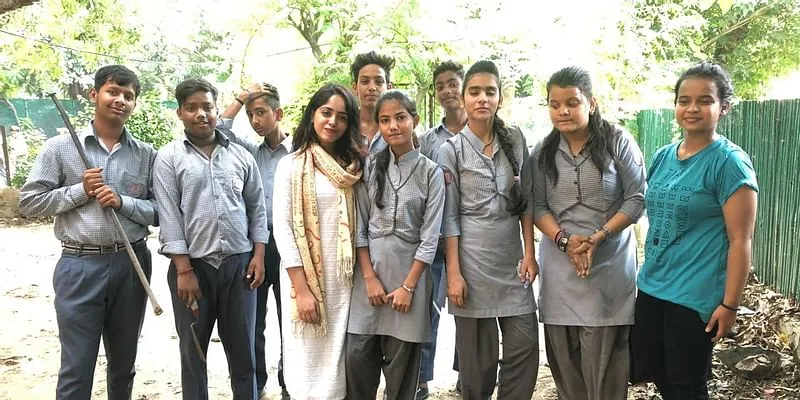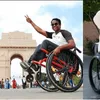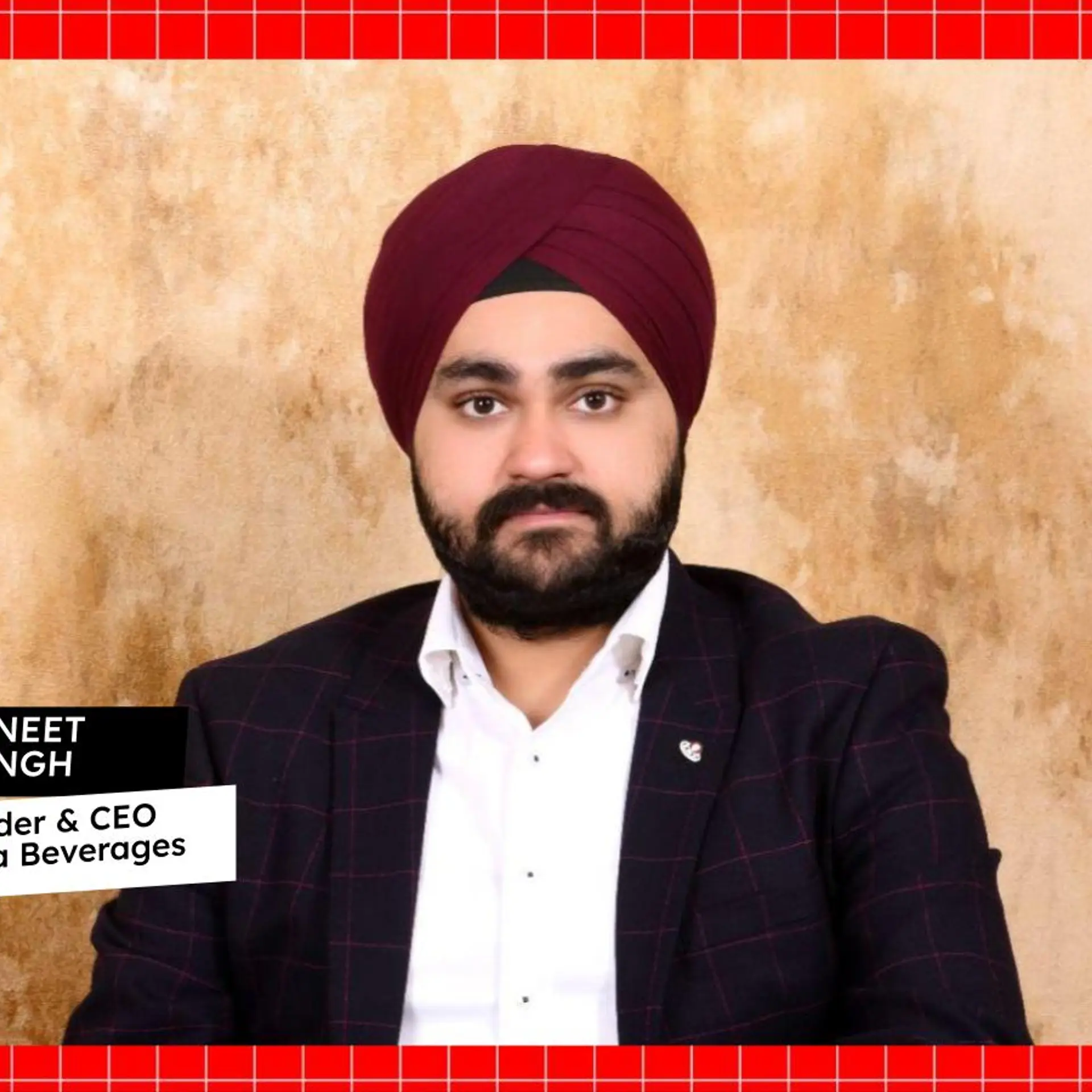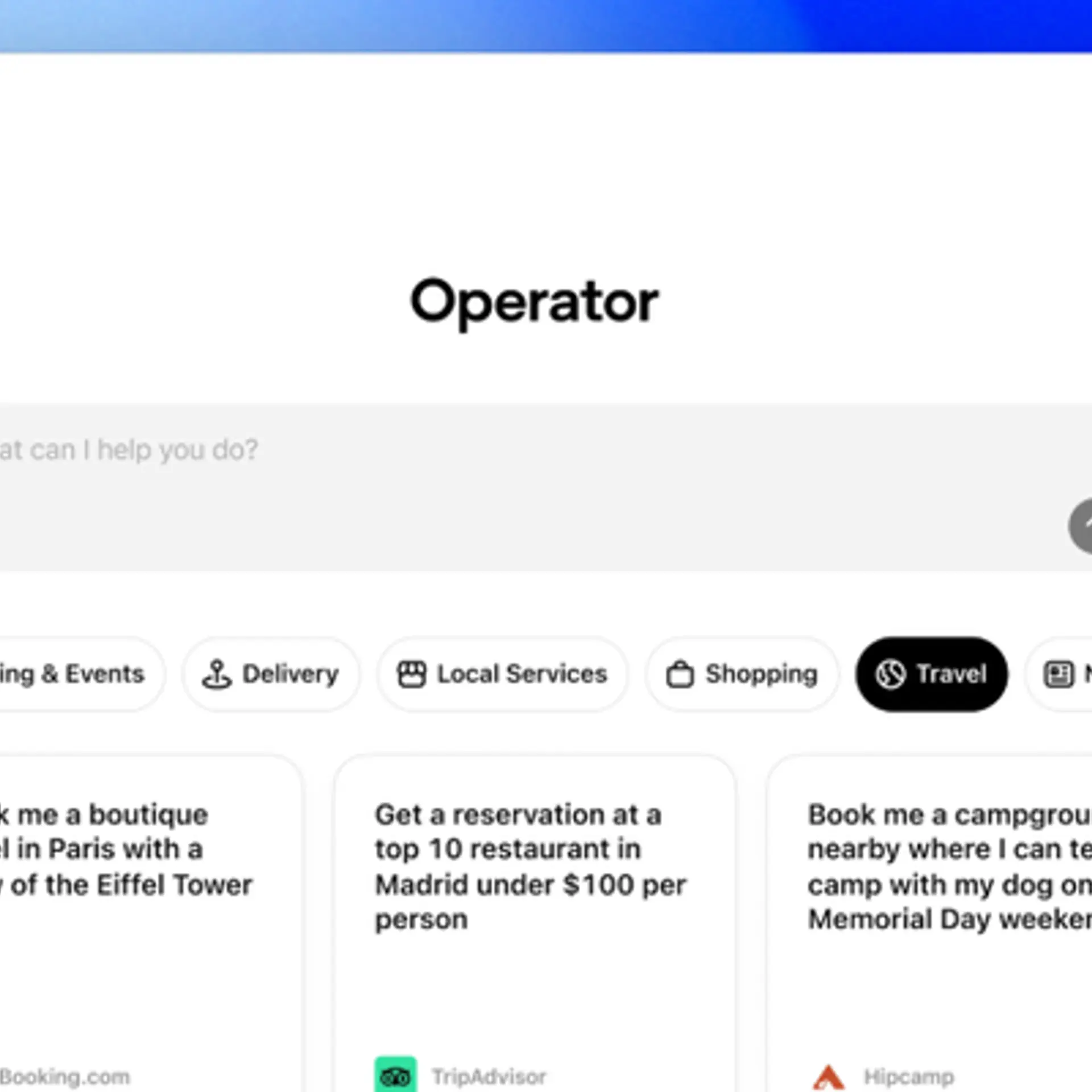Deaf Awareness Week: how deaf students in India are coping with online learning
Amidst Deaf Awareness Week, which is observed in the last week of September, SocialStory focuses on the struggles of deaf students as they adjust to the new normal: online learning.
When Mumtaj Haider, Joint Secretary of National Association of Deaf Youth Section (NADYS), wanted to attend a webinar hosted by a reputed organisation amidst the lockdown, things did not quite work out for him. Mumtaj, who is deaf, was hoping that an interpreter would be present.
He wrote to the director of the organisation, seeking the services of an interpreter but did not get them.
This story is not just of Mumtaj, but thousands of deaf individuals like him, who are unable to access online media and educational content due to a lack of either sign language interpreters or a weak internet connection that disrupts the flow of interpretation.
The global deaf community comprises three main groups, Hard of Hearing (HoH), Deaf, and Deaf-blind, and celebrates the last week of September as Deaf Awareness Week. This year, the deaf community is facing more hardships due to the COVID-19 pandemic, especially in the online education space.
SocialStory delved into the virtual struggles of the deaf student community and the steps they are taking to overcome these hurdles.
Not-so-inclusive online education
Shameer Rishad, a convenor at the Javed Abidi Foundation (JAF), says, “By not having a sign language interpreter, we are denying an opportunity to a whole community of deaf people.”
For years, JAF has been striving to create a space for individuals with disabilities to know their rights. Amidst the pandemic, the NGO has been fighting hard to create an inclusive space for the deaf community in online interactions.
To do that, it identified the biggest challenges faced by the students through online consultations, and submitted a list to the concerned authorities, but to no avail.
Rahul Tiwari, a second year student pursuing his bachelor's in science, says, “I am 19 years old, and come from a family of deaf people. Our online classes do not have a sign language interpreter and are difficult for students like me.”

Devanshi during a planation drive at Delhi University Social Centre Co-Ed Secondary School.
According to Devanshi Chhabra, a hard of hearing (HoH) student at the Delhi School of Social Work (DSSW), poor internet connectivity is another issue that plagues the deaf community. She says, “How are deaf and hard of hearing people supposed to understand (anything) when the internet connections are weak, no captions are available, voices are muffled, and there is poor lighting?”
While lip reading is sometimes a solution for HoH people like Devanshi, the usage of face masks and a weak network make the content incomprehensible.
“I have attended online lectures and various live streams organised by colleges and organisations, but none of them have been accessible. Even though some of them give access to sign language interpreters, still people fail to understand that the deaf community is diverse, and each individual has different needs and depends on different communication strategies,” she tells SocialStory, adding that a lack of awareness among people poses the biggest challenge to the deaf community.
A rural-urban divide
The Haryana Welfare Society for Persons with Speech and Hearing Impairment (HWSPSHI) attends to eight deaf schools across the state. With about 800 students and 40 deaf teachers and resource persons, it imparts education to children from Nursery to Class 12.
For deaf students, the transition to online classrooms has been quite difficult. Mohammed Aqil, a deaf teacher and skill coordinator at HWSPSHI’s Gurugram centre, says he faced many difficulties in convincing parents about the importance of a video call for clear communication at the beginning of the lockdown.
“Students did not know how to use Gmail and Zoom. So I had to give them step-by-step instruction on how to use these platforms,” he adds.
However, Bhawna Mitruka, an early intervention (0-6 years) language teacher at HWSPSHI’s Sirsa centre, says, “Video calls are very difficult because some of the parents are from a rural background, and most often do not know how to use the technology. Sometimes, the videos are also hazy due to poor network connectivity. Further, the signing space on the calls is quite less, and limits expressions.”
In fact, new students are facing increased difficulties in adapting to existing classroom methods through the online space, and extra efforts are made to make them understand the process.
Plight of deaf-blind students
The primary mode of education for deaf-blind students is tactile, meaning they learn the best by touching and exploring objects. Deaf-blindness is a condition of dual sensory loss, where a person’s learning abilities are affected due to limited vision and hearing.
For such students, special educators use real objects to impart concepts and explain them through tactile communication modes. However, this can only be possible with a face-to-face interaction.

At Sense India, parents are encouraged to use materials available at home to teach children.
“Students with deaf-blindness are not able to come to schools, and special educators are also not able to visit them at their homes. Their education is totally dependent on the partnership between families and special educators,” explains Uttam Kumar, Programme Director, Sense International India (or Sense India), which caters to the needs of deaf-blind children and adults.
He continues, “But, this is affected by various factors like availability of smartphones, good cellular network, family’s economic condition to afford a phone and data plan, willingness of family members to work with their child, time, geographical conditions, and the availability of learning materials at home.”
Resolving the problem
Devanshi says while having an interpreter at webinars is the principal solution, other methods can be used for hard-of-hearing individuals.
“Visual communications like captions and sign language interpretations can go a long way to aid our learning. Professors and panellists can improve their lighting and keep their face at a reasonable distance so that hard-of-hearing individuals can understand,” she says.
Interactive visual content and presentations can help deaf students understand the context better. This will be possible if the students have access to a laptop or a computer (with larger screens), suggests Bhuvnesh Kumar, a hearing teacher at HWSPSHI’s Karnal centre.
To make such visually appealing and engaging digital content for the deaf, HWSPSHI has created a Digital Sign Language Lab (DSL Lab)
Bhawna Mitruka's early intervention lesson, a part of the DSL Lab.
HWSPSHI Chairperson Dr. Sharanjeet Kaur believes in the empowerment of deaf teachers, and says that learning should be extended to parents of the deaf children as well.
“There are limitations to the online platform, and the amount of stress and anxiety caused due to communication barriers at home for deaf children is worrisome. While teachers are doing their best, I urge parents to learn sign language as it can be very isolating when no one understands you,” she says.
In the early days, hand-holding is quite important for deaf children, especially for deaf-blind students, who have a sensory loss in more than one aspect.
To this effect, Sense India is trying to use technology to the optimum level possible to reach out to people with deaf-blindness. It is building its own platform to deliver education through online mode.
Hoping for a change
Dr Namita Jacob, Programme Director of NGO Chetana Trust, works as an advisor with several national and international organisations in the areas of sensory impairments, multiple disabilities, and early childhood development.
Speaking on the current education climate, Namita says, “On paper, you’d definitely see curriculum modifications and requirements, but in reality, it depends heavily on the teacher, the institute, and how they perceive their work and their students. That is what’s going to drive efforts as it is extremely tough to conduct these classes.”
Despite many efforts to create an inclusive learning environment for deaf students, India still has a long way to go to see a visible change. “I dream of a day when disability would no longer be considered a curse, and they would be given a chance to have a normal shot at life, just like others,” Devanshi says.
Edited by Suman Singh









